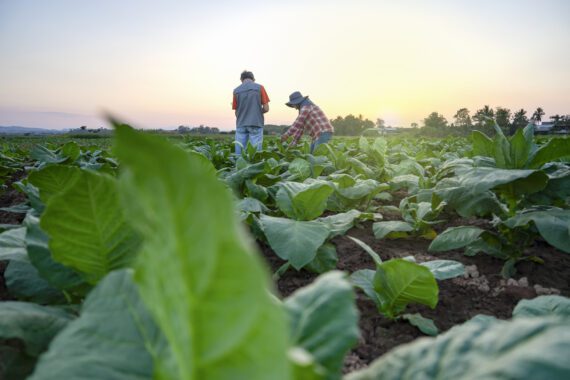By Asma Lateef, Bread for the World Institute
New Year’s Eve has arrived once again. Sydney and other communities in eastern Australia will greet 2016 first, followed in short order by the rest of the world.
It’s a safe bet that few of those celebrating will be thinking of the Millennium Development Goals (MDGs). But one thing that makes this New Year’s special is that it marks the end of the MDG era and the beginning of the Sustainable Development Goals (SDGs) era.
In 2000, the countries of the world agreed to improve basic living conditions of the world’s poorest people by working toward a common set of goals, the eight MDGs. This was a first in human history. The targets were specific, measurable, and ambitious. They included cutting hunger and extreme poverty in half; reducing child mortality and achieving universal primary education; halting and beginning to reverse the spread of HIV/AIDS, tuberculosis, and malaria. And they had a deadline: December 31, 2015.
Some MDG targets were met—for example, cutting extreme poverty in half. Others were not—for example, reducing maternal mortality by three-fourths. There were dramatic results on some issues and in some countries, more modest improvements in others. Overall, it has been inspiring to see how much can be accomplished in just 15 years, less than a generation.
Just as important, the experiment of setting goals has changed global development. The MDGs spurred a global conversation about a partnership for development: What are the roles and responsibilities of various actors? How should development assistance be delivered? The MDGs attracted the attention of many more change agents—the governments of developing countries, donors, international institutions, academics, and civil society.
The MDGs led to new global initiatives and funding mechanisms, such as The Global Fund for HIV/AIDS, TB, and Malaria; the Zero Hunger Challenge; and Every Woman Every Child, which have helped increase and target resources to countries and communities that need them most. Many more institutions and people are part of the development space, including a substantial increase in the number of civil society organizations; engagement by more foundations, most notably the Bill & Melinda Gates Foundation; and a growing involvement of the private sector.
The adoption of the SDGs by all nations in September 2015 opened the next chapter in global development. The inspiring example of the MDGs led to an even more ambitious vision for the coming 15-year period—nothing less than a transformed world by 2030. Bread for the World focuses most closely on SDG 2, ending hunger and malnutrition by 2030. The legacy of the MDGs includes improvements in the process of developing the SDGs, including much greater public participation and a more holistic approach.
The SDGs are universal—all countries will work toward improvements for their own people, setting national targets to complement the global targets. The SDGs aim to leave no one behind, essential to truly end hunger and malnutrition. This means tackling difficult issues such as deep-seated social biases against women, minorities, people with disabilities, and a host of other groups. Rising inequality is, in fact, a new challenge for the SDG era. The SDGs also bring together human development and environmental goals, recognizing their fundamental interdependence. Finally, the goals focus as much on strengthening governance and capacity as they do on outcomes, recognizing that lasting results require institutions that work for all people.
So January 1, 2016, brings a lot to celebrate. The MDGs improved the lives of hundreds of millions of people, and they built the political will to do more. They gave the world experience that led to the SDGs. This New Year’s kicks off an exciting phase with the world newly focused on making unprecedented progress in human development. What we’ll be saying on December 31, 2029, depends in a very real sense on the daily efforts of the world’s more than 7 billion people. The SDGs are long-term global New Year’s resolutions that we all need to keep.
Asma Lateef is the director of Bread for the World Institute.



